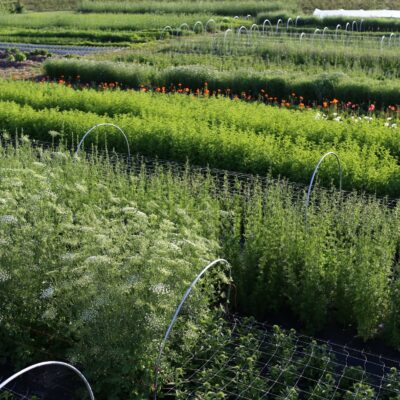 Buried in the long list of emails filling up my inbox was a sweet little message I got from an admirer who loved the blog and was inspired to start her own flower farm some day. “I’d love to grow flowers like yours, but I don’t have much land available–our farm is only six acres.”
Buried in the long list of emails filling up my inbox was a sweet little message I got from an admirer who loved the blog and was inspired to start her own flower farm some day. “I’d love to grow flowers like yours, but I don’t have much land available–our farm is only six acres.”
I confess I was chuckling under my breath. Having six whole acres to dedicate to growing flowers sounds like a dream. I started envisioning all of the mischief I could get myself into if I had just another HALF acre of land to grow on here at Floret. But then I snapped back from the daydream and thought I should share a little secret you may or may not know: having a highly productive, profitable flower farm and floral design business does NOT take much land and it does not actually require owning a “farm.” Seriously, you don’t even need to OWN land to get started (Here’s another secret: we actually rent a big chunk of the land where we grow our flowers.)
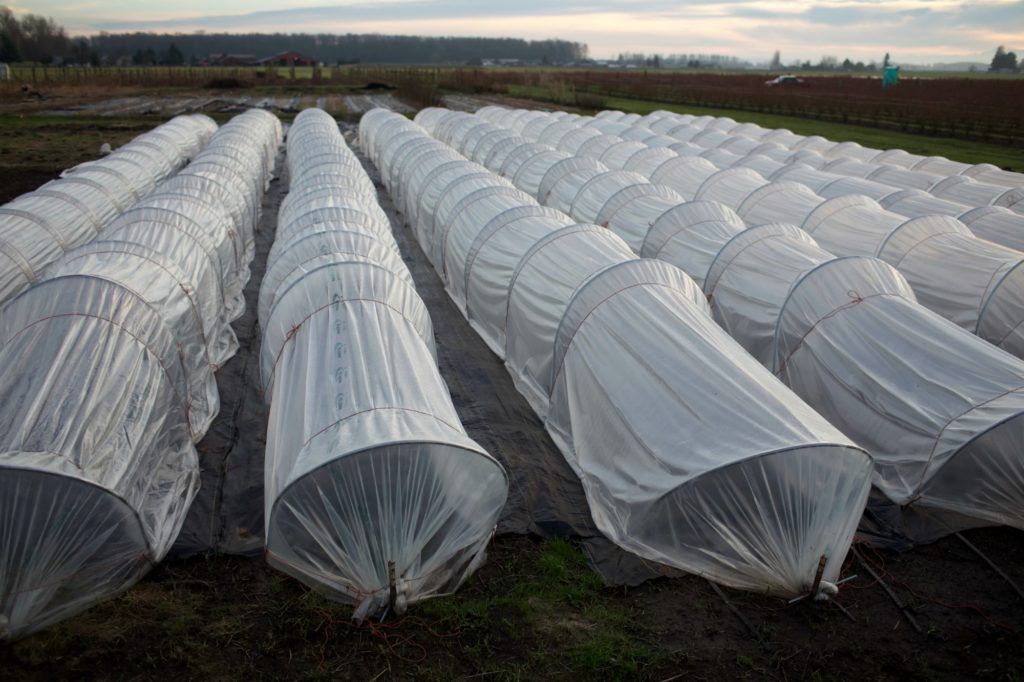 Here at Floret, we have just two tiny acres dedicated to flower production. Yes, you read that right, TWO acres. We utilize every available square inch of that space growing large volumes of high quality cut flowers suppling over a dozen grocery stores, numerous flower shops and countless brides throughout the Pacific Northwest. We employ high intensity production techniques that work on a small scale.
Here at Floret, we have just two tiny acres dedicated to flower production. Yes, you read that right, TWO acres. We utilize every available square inch of that space growing large volumes of high quality cut flowers suppling over a dozen grocery stores, numerous flower shops and countless brides throughout the Pacific Northwest. We employ high intensity production techniques that work on a small scale.
That means we have a finely tuned method of making sure that as soon as one variety is just about done blooming, we have another one ready to plant in it’s place. I’ve been accused of being heartless, ripping out perfectly nice anemones to make room for the scented geraniums and field grown zinnias. I used to feel bad, not letting a crop fade and die naturally, but after years of experience, I now know it’s just part of the master plan. I need to have every bed be as productive as possible for my own wedding designs and for our wholesale customers.
The fact is that today’s flower farms are what could be considered “micro farms” compared to the vast expanses of corn and soybean farms that make up much of the farmland across the great plains. Most of the flower farms in the seasonal flower movement are actually under five acres. If you ever hang around a bunch of flower farmers, anyone growing on more than ten acres is considered one of the “big guys.” It’s all relative, I suppose. Unlike commodity crops, and even most vegetable production, flowers are typically planted, cultivated and harvested all by hand. Very little mechanization beyond field preparation is actually involved, which means production is more often limited by labor than by land.
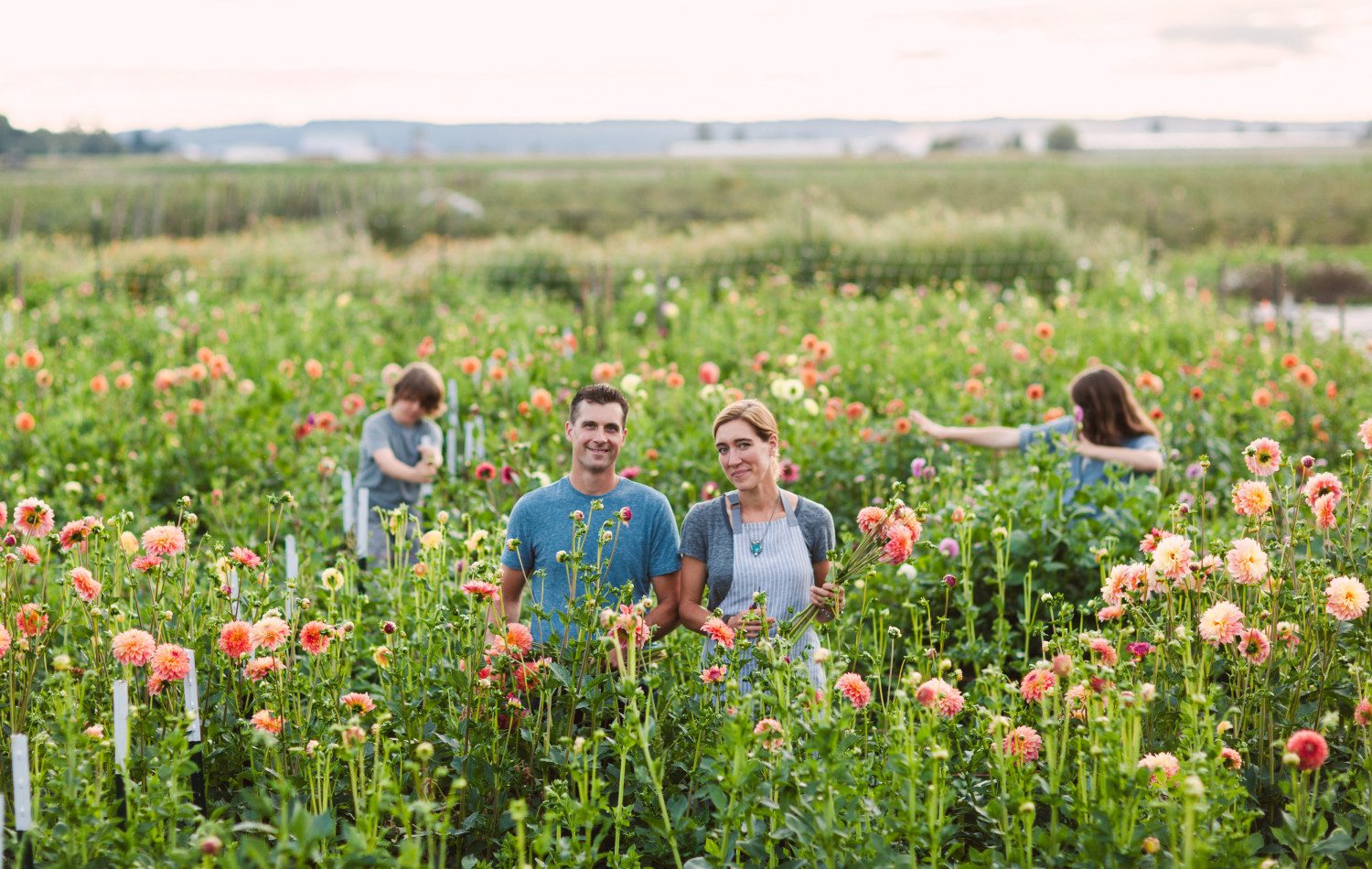 With farmland commanding premium prices in many areas of the country, flower lovers are employing some very creative ideas and innovative methods of growing their flower crops in small spaces. Some feisty flower farmers across the continent are having tremendous success growing flowers on small urban lots and in tiny back yards (more on that in a bit).
With farmland commanding premium prices in many areas of the country, flower lovers are employing some very creative ideas and innovative methods of growing their flower crops in small spaces. Some feisty flower farmers across the continent are having tremendous success growing flowers on small urban lots and in tiny back yards (more on that in a bit).
After flirting with the idea of investing in a major expansion of our operation, we decided against growing larger and instead we’re dedicated to perfecting the fine art of high-intensity, small-scale flower production. Utilizing such methods we estimate we can produce on our two-acre plot what others utilizing traditional methods might produce on 4 or 5 acres.
We’re now investing more time into developing resources and teaching others how to grow amazing flowers on their own small plots. Serving as a model is a role in which I–and the entire Floret team–find great satisfaction. We absolutely love helping aspiring farmer-florists succeed and bring more beauty to the world with local, seasonal flowers.
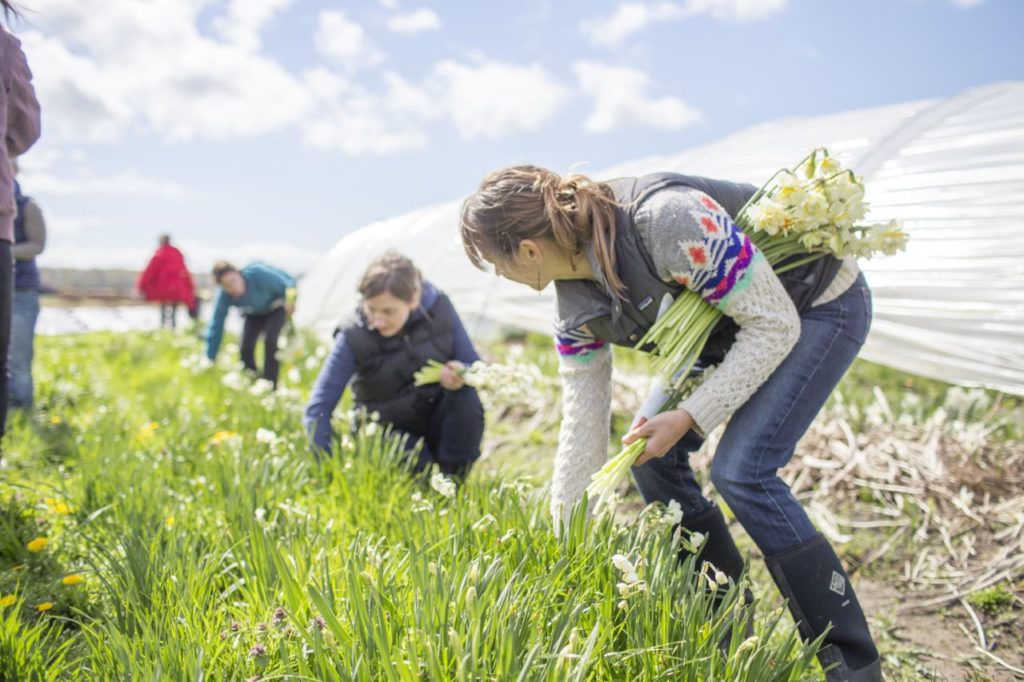 Still not convinced you can have a flower business on a small plot? Then let me introduce you to a few farmer-florists who operate entirely within the bounds of urban communities—even on land they do not own. Over the next few posts, I’ll profile a few flower lovers who are part of the seasonal flower movement who employ enterprising approaches to grow flowers in small spaces. Each is a bright and shining example of how to enjoy the beauty and the bounty of fresh cut flowers no matter where you live.
Still not convinced you can have a flower business on a small plot? Then let me introduce you to a few farmer-florists who operate entirely within the bounds of urban communities—even on land they do not own. Over the next few posts, I’ll profile a few flower lovers who are part of the seasonal flower movement who employ enterprising approaches to grow flowers in small spaces. Each is a bright and shining example of how to enjoy the beauty and the bounty of fresh cut flowers no matter where you live.
MY LUSCIOUS BACKYARD
Sarah Nixon is an “accidental” pioneer of the urban farming movement. Sarah first moved to Toronto from Gabriola Island in British Columbia in 1998. The transition from a tiny island to Canada’s most populous city was difficult and Sarah responded by planting flowers in her small yard. And more flowers. And more flowers.
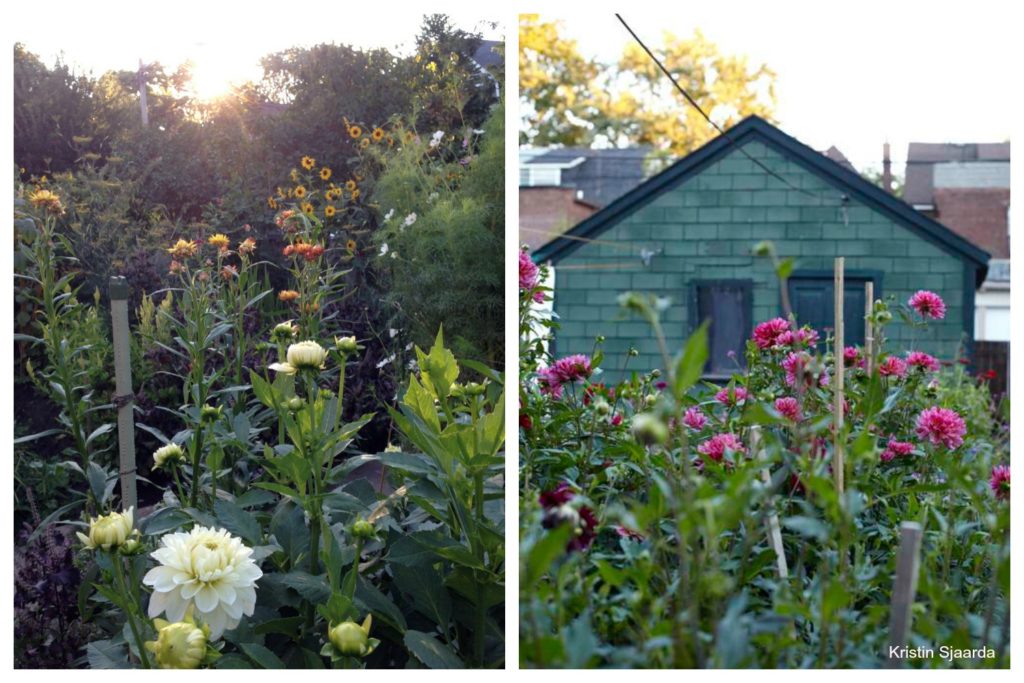 “I started bringing a few bouquets to the Farmers’ Market thinking it would be a good way to recoup some costs.” she shared. “As my yard began to overflow I started to look at the neglected yards surrounding me. Maybe they wouldn’t mind if I planted some flowers? I started by asking friends, then got bolder and dropped letters in mailboxes and then put an add on Craigslist that said, ‘Flowers Seeking Gardens.'”
“I started bringing a few bouquets to the Farmers’ Market thinking it would be a good way to recoup some costs.” she shared. “As my yard began to overflow I started to look at the neglected yards surrounding me. Maybe they wouldn’t mind if I planted some flowers? I started by asking friends, then got bolder and dropped letters in mailboxes and then put an add on Craigslist that said, ‘Flowers Seeking Gardens.'”

 Now, years later, there are hidden gardens scattered throughout Toronto that overflow with sustainably grown flowers. Sarah’s micro-farm, My Luscious Backyard, is just 1/16 of an acre that is spread across 9+ residential yards in the heart of Toronto. This season she’s hoping to increase the number of yards she tends to 12 or 13. Each plot is intensively planted with flowers from which she is able to supply five florists weekly, operate a subscription service and provide floral designs for about a dozen weddings each year.
Now, years later, there are hidden gardens scattered throughout Toronto that overflow with sustainably grown flowers. Sarah’s micro-farm, My Luscious Backyard, is just 1/16 of an acre that is spread across 9+ residential yards in the heart of Toronto. This season she’s hoping to increase the number of yards she tends to 12 or 13. Each plot is intensively planted with flowers from which she is able to supply five florists weekly, operate a subscription service and provide floral designs for about a dozen weddings each year.
Sarah’s tips for successful “backyard flower farming” include:
— Succession planting. Make sure you have flowers ready for after the first flush of blooms in mid summer.
— Crop planning. This is key to planting a variety of flowers and foliage in the colors and shapes you need for bouquets. Planning is also key to timing bloom times so you have a season full of flowers.
— Netting/staking plants appropriately. This is key, because every bloom will count!
— Narrow paths. Narrow pathways mean more room for flower beds, plus, there’s no money to be made in the pathways! Paths of just 18″ work well for Sarah.
— Amend your soil. To have beautiful blooms, you’ll want to build nutrient rich soil that is high in organic matter in order to support the intensive growing in a small space.
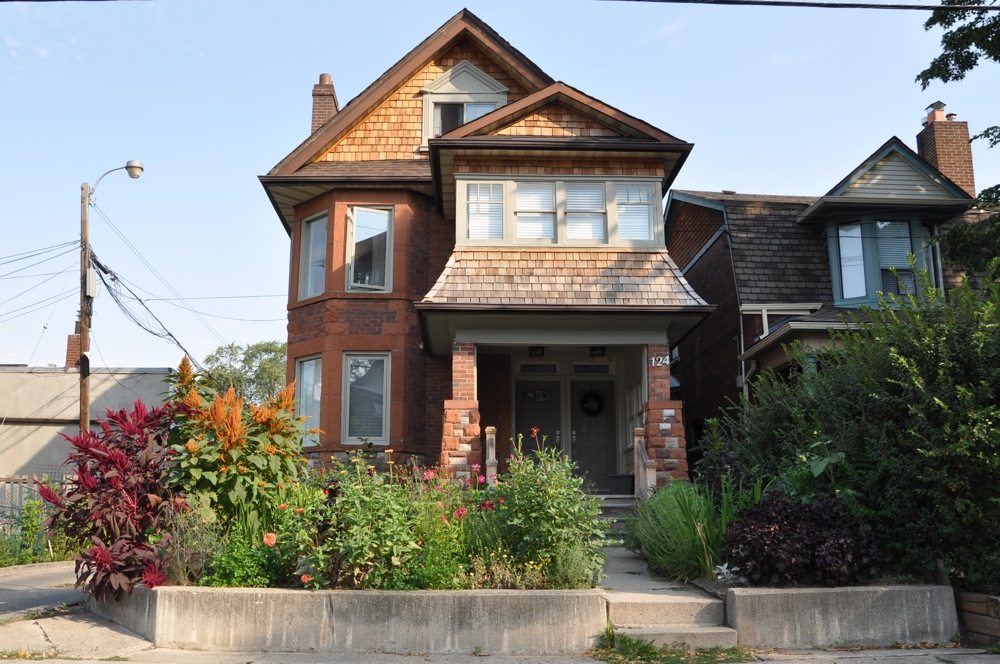
Meanwhile, over in Brooklyn, a lack of a yard hasn’t stopped floral designer Joshua Werber from creating a small rooftop cutting garden to supply supplemental floral material for his designs. The garden is just 10 feet wide and 20 feet long with a fire escape in the middle and the entire garden is made up of containers.
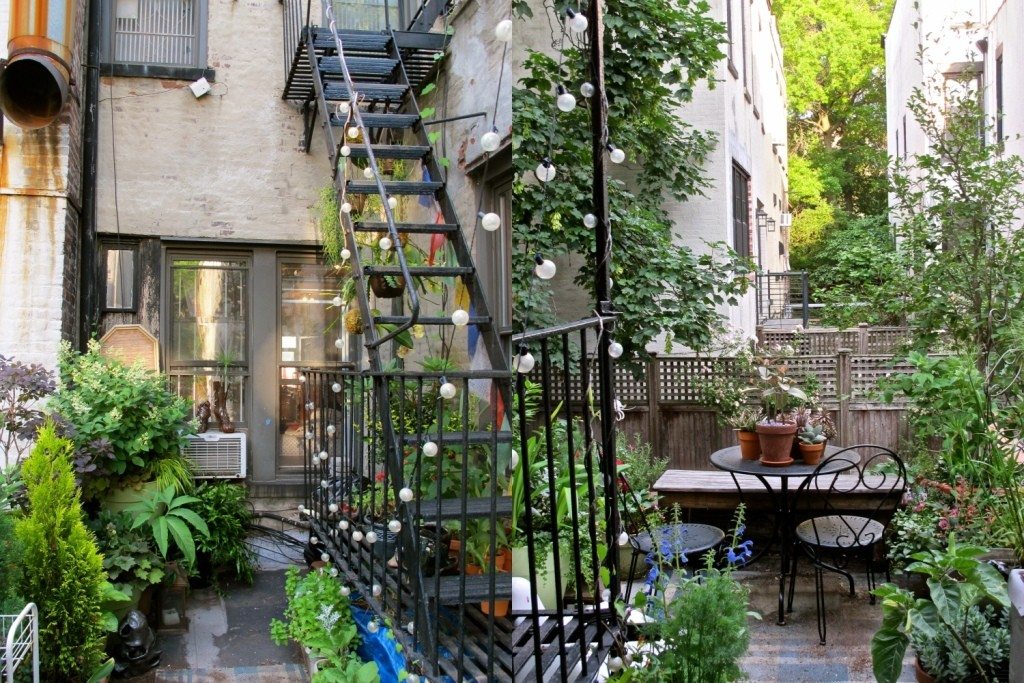
I love all the examples of industrious flower lovers finding creative solutions to growing beautiful blooms even with limited space. Tomorrow, I’ll continue with yet another inspiring tale of small space flower farming. Stay tuned!

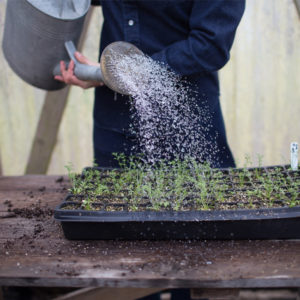

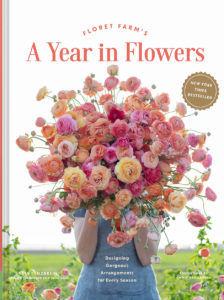
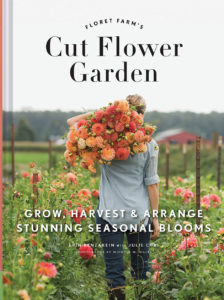


Patrick Morgan on
Hello,
I want to place an Order to Saint Lucia, Do you accept a US credit card for payment and freight forwarders to handle shipment to Saint Lucia?
Thanks
Patrick